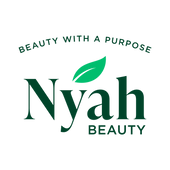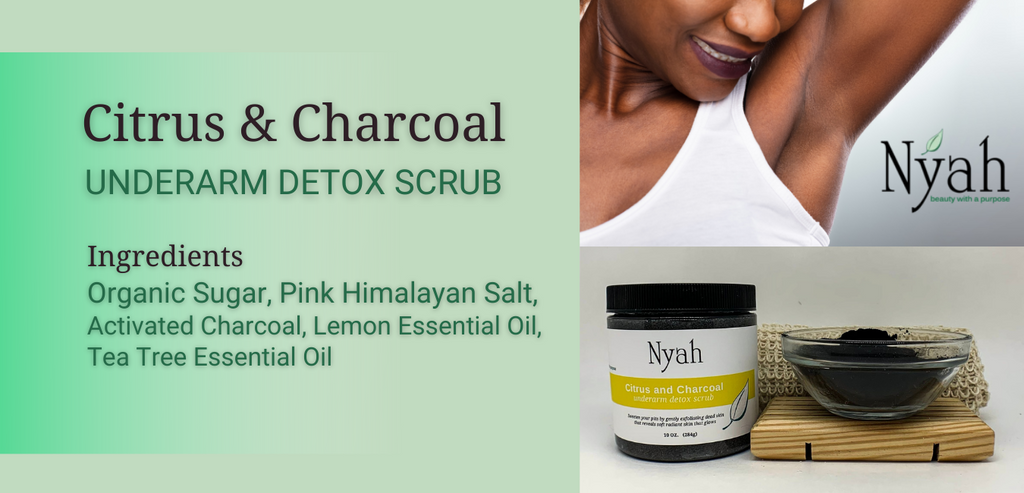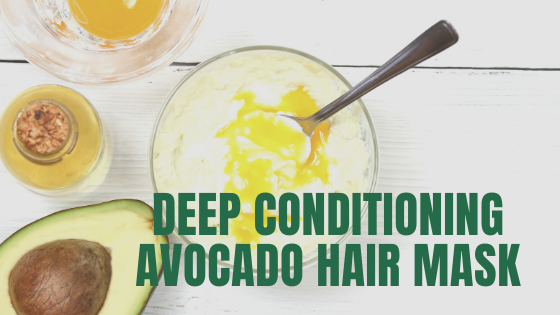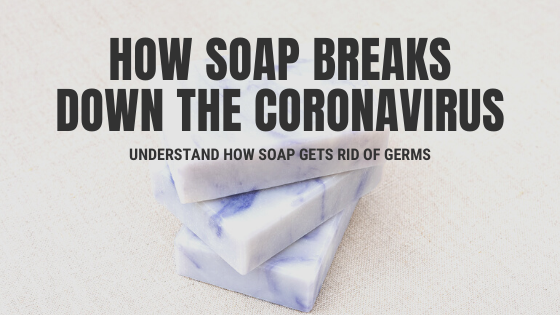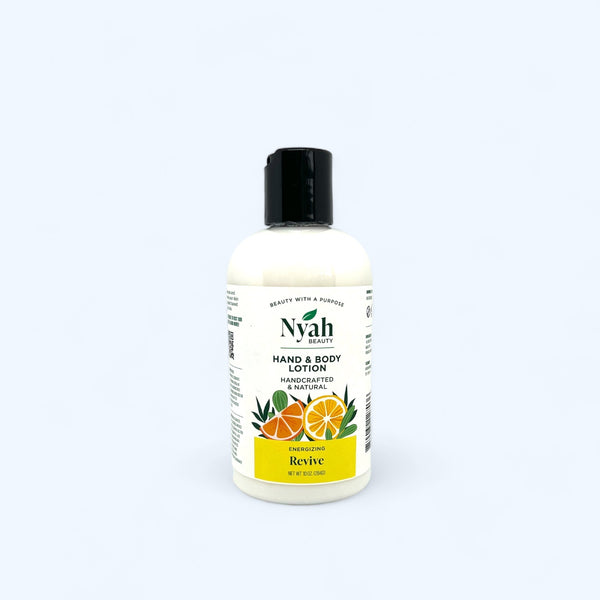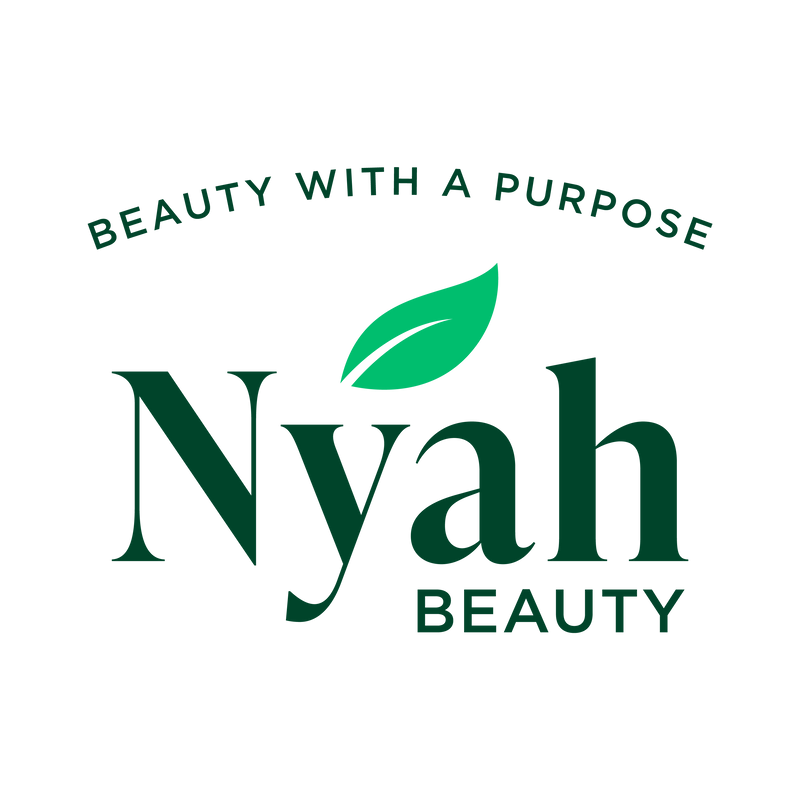The Science Behind Soap: How it Keeps You Clean and Fresh
So let’s start with the basics. What is soap? Soap is a magical compound that consists of two essential ingredients: fats or oils and an alkali (such as sodium hydroxide). When these ingredients combine through a process called saponification, they undergo a chemical reaction that gives birth to soap.
You may be wondering how does soap clean. When we use soap, we introduce it to water, and that’s when the real action begins. Soap molecules possess a unique structure: one end is hydrophilic (water-loving) while the other end is hydrophobic (water-repelling). This duality is what makes soap so effective at removing dirt and grime.
The hydrophobic tail of soap molecules is attracted to oils and fats, while the hydrophilic head loves water. When soap is applied to your skin or any other surface, these molecules surround and trap dirt, oil, and bacteria by encapsulating them in tiny clusters called micelles. The hydrophobic tails face inward, enclosing the dirt, while the hydrophilic heads face outward, interacting with water.
As you rinse with water, the hydrophilic heads of soap molecules interact with the water molecules, allowing the trapped dirt and oil to be effortlessly washed away. This is why rinsing with water is essential after using soap, as it carries away the soap-laden micelles, taking the dirt and grime along with them.
Water is a vital partner in the soap-cleaning process. It helps to distribute the soap evenly, allowing it to interact with the surface being cleaned. Additionally, the cohesive properties of water help the soap molecules form micelles and facilitate their easy removal during rinsing.
Soap, with its remarkable dual nature, acts as a bridge between water and dirt, enabling them to interact in a way that effortlessly removes grime from our skin and surfaces. Its hydrophilic and hydrophobic properties create micelles that effectively trap dirt and oil, making it easy for water to rinse them away.
The next time you lather up with your favorite soap, take a moment to appreciate the simple yet fascinating science behind it. Soap is not just a cleansing agent; it’s a scientific marvel that keeps us feeling clean and fresh.
